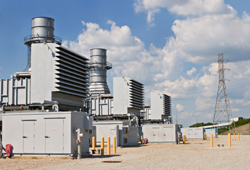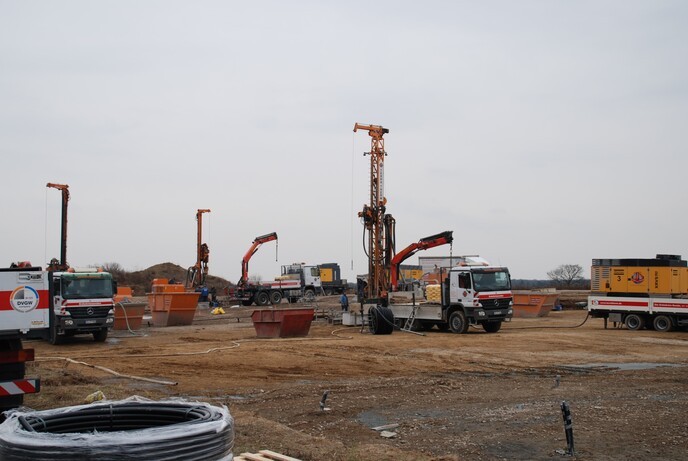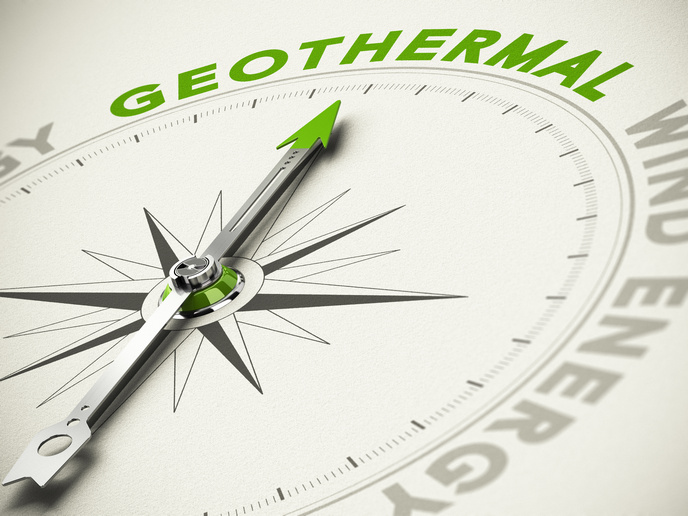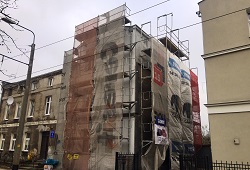Assessing economic potential of compressed air
Compressed air as an energy source works on the following principle; that when compressed in porous caverns, the air can be stored at 100 bars or more. When it is returned to the surface the compressed air is heated and used to drive a generator via a turbine that produces electricity. Of the two plants developed worldwide, however, none experienced an efficiency conversion of more than 55%. New research initiatives have looked into harnessing wind power to charge the air stored by means of electrically-driven compressors. In conventional compressed air energy storage power plants, significant amounts of mechanical energy generated by turbines are used to drive their compressors. The marriage of the two technologies, whilst seemingly an unlikely coupling, made sense even though wind turbines are not a consistent source of electrical power, since they are affected by variances of wind and weather conditions. However, to bring the two together, research had to be conducted in a great many areas. Suitable heat storage devices and the development of economic plant models with the required safety operating standards had to be considered. The development of fast-response sliding-pressure turbines was also investigated. Project partners at the Universitaet Koeln worked on the development of detailed economic models for mass storage of electricity in European markets. The research developed three economic models particular to the project but retained applicability to any mix of power generation and therefore could be applied to any energy market. The first model, GEMS, was based on an investment and dispatch principle of the German power system. It looked into ways in which power generation costs could be reduced both on a long-term investment and short-term operation basis. The GEMS model was then adapted to the Dutch market to derive the GEMS-CHP model. Here it included heat and power generation but excluded lignite plant and pumped hydro storage. The third model, DIMEX is a linear optimisation model taking into account technical constraints and economic parameters to determine optimal plant dispatch and its generated revenues.







